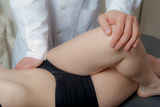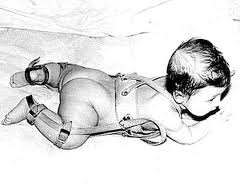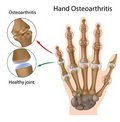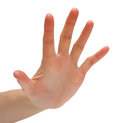 Proprioceptive neuromuscular facilitation (PNF) was first developed by Herman Kabat MD, Margaret Knott PT, in the 1940’s to treat neurological dysfunctions. PNF stretching is currently the fastest and most effective way known to increase static-passive flexibility. PNF stretching is currently the fastest and most effective way known to increase static-passive flexibility.
Proprioceptive neuromuscular facilitation (PNF) was first developed by Herman Kabat MD, Margaret Knott PT, in the 1940’s to treat neurological dysfunctions. PNF stretching is currently the fastest and most effective way known to increase static-passive flexibility. PNF stretching is currently the fastest and most effective way known to increase static-passive flexibility.
PNF refers to any of several post-isometric relaxation stretching techniques in which a muscle group is passively stretched, then contracts isometrically against resistance while in the stretched position, and then is passively stretched again through the resulting increased range of motion.
Indications of PNF
- Loss of range of motion.
- Muscle tightness.
- Muscle cramp.
- Loss of flexibility.
In PNF stretching, a partner is required. The partner gently moves a limb into position, usually moving it just into a place where the person feels some discomfort, but no pain. The limb can simply be held in place for a set period for a passive stretch, or the person stretching can be asked to contract the muscles against the partner’s hand for a resistance stretch. After the stretch, range of motion is usually slightly increased, and when this is done on a regular basis, range of motion overall will improve.
It is important to avoid overuse of PNF stretching, because people can be injured if their muscles are stretched too far, too soon.









